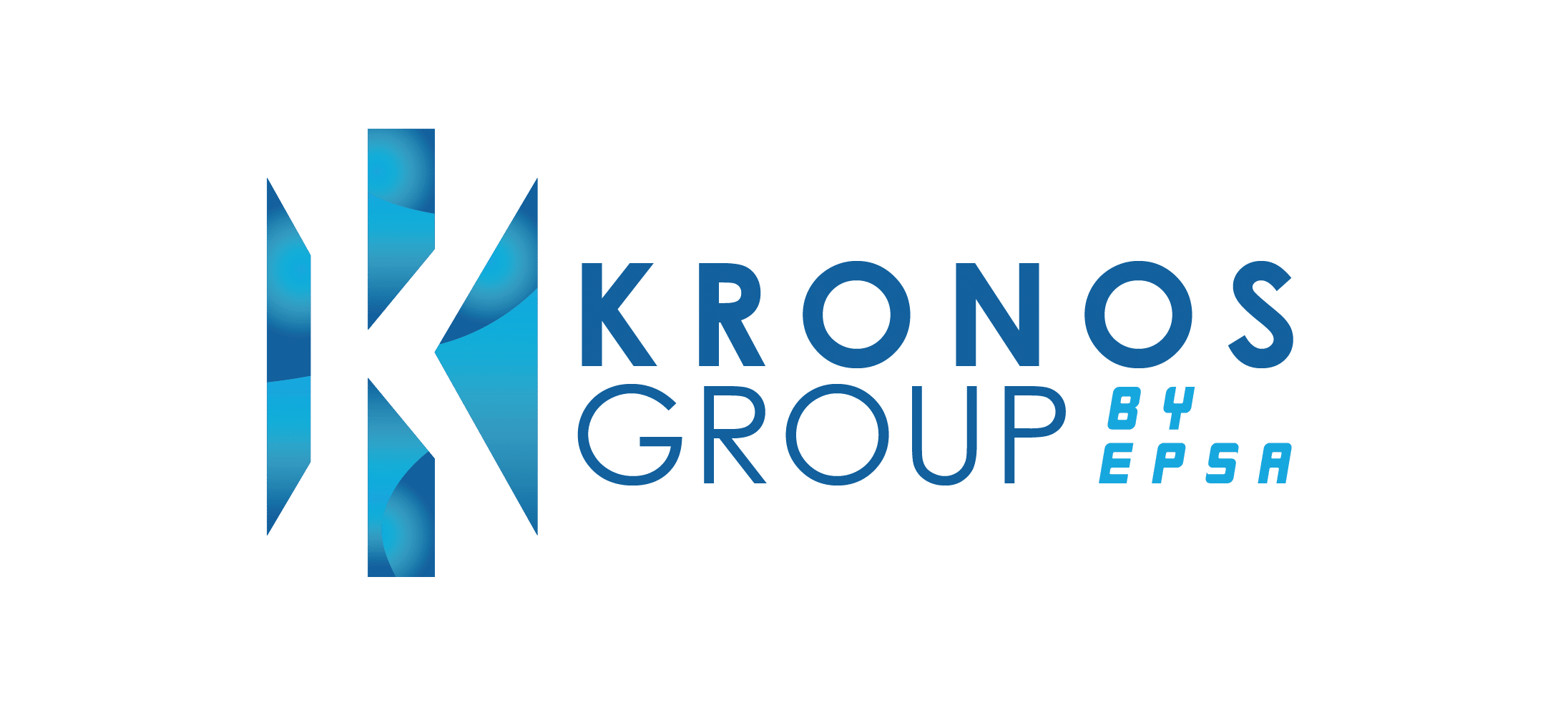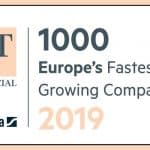Optimise your spending through eAuctions

Summary
As companies adjust to a more digitalised landscape, they turn their attention to the tools that make optimisation possible. eAuctions are one such tool that is changing the way purchasing is done.
Leveraging eAuctions for optimised spending: When choosing the commodities that will benefit from an eAuction, companies must opt for goods that operate in a competitive market. Once this choice has been made, a company is able to better diversify its suppliers, create competition between suppliers, and find the true cost of goods and services. This ultimately leads to lower expenditure without impacting the quality of the final product.
The better sourcing of goods through eAuctions: The benefits of eAuctions apply to both sides of the equation, suppliers and companies. A company benefits from higher savings, shorter timelines, and higher quality output. Suppliers also enjoy more opportunities, markets, transparency, and competition.
Companies can ensure more sustainable eAuction success by:
- Not overusing the tool
- Choosing the right product
- Preparing to work with all negotiating suppliers
- Setting key performance indicators
In the current market, automation is often believed to be the only—and most successful model—of conducting business.
Whether this means setting up a business network to facilitate a secure remote working model or conducting critical business processes, like the procurement of goods and services, on a digital platform, technology has changed the way organisations operate. That does not, however, mean that every company is swift to implement these changes or embrace its possibilities.
One procurement tool that has been lagging behind in terms of implementation has been eAuctions.
Although interest in digital facilities has reached an all-time high in recent years as a result of the current crisis, eAuctions first peaked in popularity during the 1990s. The perception was that eAuctions drove down the prices of goods and services companies wished to procure and resulted in the invitation of many suppliers to the bidding process.
Over time, however, this sole preoccupation with the prices of goods being procured began to fray supplier relationships and discourage the healthy competition that eAuctions were assumed to create. The limits this approach put on business growth, opportunities for higher value addition, and other objectives led to companies moving away from the price-focused approach.
In recent years, companies have adapted more swiftly to technology, with an increased emphasis on transforming current processes for the better through strategic and careful implementation. A new landscape is emerging through which a company will be better equipped to derive the greatest value from eAuctions, and the value it injects into procurement and supply chain activities.
Leveraging eAuctions for optimised spend
Companies are now well aware of the potential pitfalls of electronic auctions when it is utilised without proper consideration.
Before implementing an eAuction process, organisations must consider how they can get the most value out of the digitalised negotiation process, a wider network of suppliers, and the real-time competition this creates.
Through this process of consideration, companies must approach eAuctions not as the future of their purchasing function but as one tool in their purchasing toolbox that can be leveraged alongside any other procurement style to either revitalise existing contracts or consolidate the purchasing process.
As companies strategise how to leverage eAuctions, they must also consider the types of goods and services whose procurement can be streamlined as a result of this tool.
A best practice is to choose commodities that already play host to a competitive marketplace, have specific criteria, and a standard method of procurement. More complex and specialised items for which a competitive marketplace is limited or nonexistent, will not stand to benefit quite as highly from eAuctions.
Once the ideal goods have been earmarked for the eAuction process, a company can turn their focus to the other aspects of the operation that must be considered.
With the eAuction tool in its procurement arsenal, a company can diversify its supplier network and reach smaller organisations that may not enjoy the same market presence as larger, more well-established suppliers. This opens up opportunities to welcome new suppliers, while also introducing the risk that a company may end up contracting a supplier they did not expect by the end of the auction. It is for this reason that companies must be careful when choosing suppliers to compete in the process, since the winning supplier will automatically win your contract.
When an eAuction is operated with care, a company can create competition by taking down the barriers between suppliers, facilitating a more transparent negotiation process, and finding out the true cost of goods and services. This has immediate financial benefits that allow a company to optimise their costs and spending, while still receiving high-quality goods and services at competitive prices.
The better sourcing of goods through eAuctions
eAuctions, when leveraged correctly, have the capability to transform a company’s procurement function in the long term.
It does more than just ensure smooth purchasing, it can add value to the purchasing process, which means greater optimisation of functions beyond procurement—including finance.
This value is achieved through eAuctions by generating an average of 10% in savings, shortening execution times to 1–2 weeks, and producing a marked improvement in the outcome that a company is capable of. The return on investment with eAuctions is clear.
Suppliers engaged in the auction process also enjoy new opportunities, markets, transparency in negotiations and competition, and the award of a contract.
All that is standing in the way of these benefits is for a company to ensure successful auctions by:
Not overusing the tool
Overuse of eAuctions can discourage suppliers from engaging with your company and damage long-term supplier relationships.
Choosing the right product
Get the most out of eAuctions by choosing the right, competitive commodity through which a company can gain savings.
Doing due diligence
The end result of an eAuction is a contract, which means companies must be willing to work with any supplier in the auction.
Setting key performance indicators
Ensure higher quality and better procurement processes by setting the right KPIs from price to quality and research and development.
Future-proof your procurement function
When it comes to future-proofing your procurement and supply chain operations, making use of the right tools at the right time can make all the difference to your operations.



